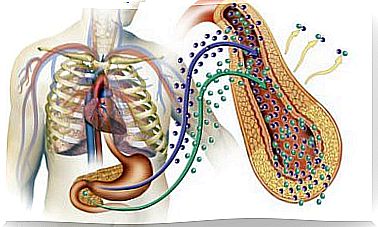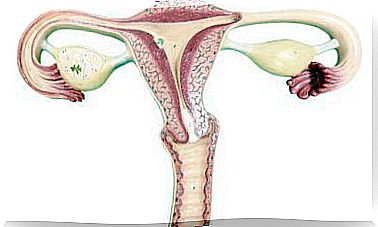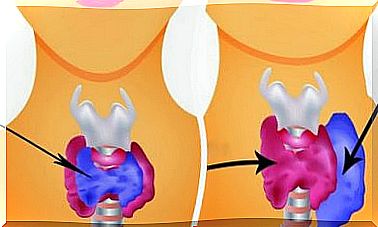Growth Hormone: What It Is And How It Works
Growth hormone (GH ) is a hormone synthesized in the pituitary gland, a gland located in the brain.
Hormones are chemical compounds that are produced in the glands of the body. Once produced, they are released into the blood and reach cells, where they activate or inhibit different cellular processes. Therefore, they are a form of cellular communication. In addition, the cells where they perform their function travel through the bloodstream, so they can be far from the gland that produces them.
The growth hormone regulates, along with other hormones, those mechanisms that intervene in cell growth. Therefore, alterations in its synthesis or functioning are associated with some forms of dwarfism. Likewise, pituitary tumors that produce excess GH can cause gigantism or acromegaly, depending on whether it occurs in children or adults, respectively. Therefore, its synthesis and secretion is highly regulated.
Growth hormone is a protein molecule that stimulates the growth of practically all tissues. It favors the increase in the size of the cells and the mitosis or cell division.
Its participation in the growth of bones during childhood stands out, although it also has other functions that we will comment on below.
Growth hormone and bone growth
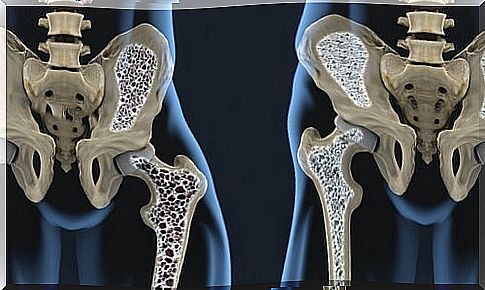
Bone growth begins during fetal life and continues until puberty. Growth hormone is involved in this process in different ways. In addition to promoting the division of cells, it is decisive in the growth of bones both in length and thickness.
Growth in length
Long bones are made up of two epiphyses, which are the ends; and the diaphysis, the central part. During childhood, between the epiphyses and the diaphyses there is growth cartilage or metaphyses. This cartilage is made up of cells called chondrocytes.
Chondrocytes undergo an ossification process, calcify and differentiate into bone cells called osteocytes. The growth hormone stimulates ossification, favoring the growth in length of the bones.
In addition, it provides the necessary proteins for the division of chondrocytes. This growth ends at puberty, when the growth plate disappears and the epiphyses and diaphyses fuse.
Growth in thickness
Osteocytes are the cells that make up bone tissue, but their growth must be regulated and renewed. There are two other types of cells in the bones responsible for this function: osteoblasts and osteoclasts.
Osteoblasts are precursor cells for osteocytes, whereas osteoclasts destroy damaged bone tissue. Depending on which cells are more active, there will be a growth or a weakening of the bones.
GH stimulates the maturation of osteoblasts to osteocytes, and favors the increase in the thickness of the bones. Unlike growth in length, this type of growth is maintained throughout life.
Other functions of growth hormone
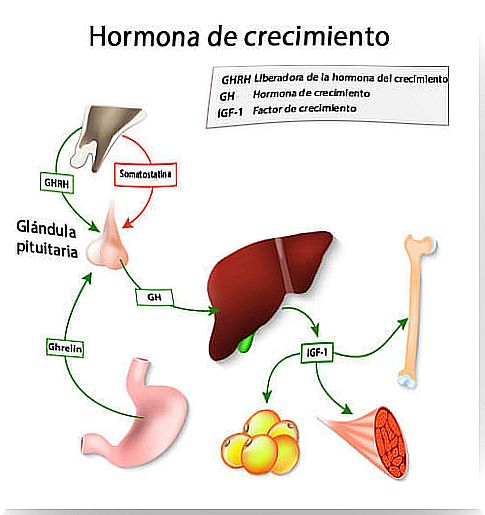
In addition to its participation in bone growth, growth hormone has effects on cell metabolism:
Promotes the use of fat as an energy source
Fatty or adipose tissue is made up of cells called adipocytes . Adipocytes accumulate lipids (fats) in the form of fatty acids. GH promotes the release of fatty acids from adipose tissue to be used as an energy source.
Reduces the use of carbohydrates
Normally, carbohydrates are the main source of energy. In addition to promoting the lipid energy source, GH inhibits the uptake of glucose by cells. As a consequence, the increase in glucose in the blood, not being captured by the cells, causes an increase in insulin secretion.
In fact, an excess of this hormone can lead to insulin resistance, as occurs in type II diabetes mellitus.
Increase protein synthesis
GH stimulates protein synthesis processes. In addition, it reduces those processes destined to its destruction or catabolism. This is related to growth, since proteins are a very important structural component as they are part of muscles and tendons, as well as other tissues.
Growth hormone control

The body’s hormone levels are highly regulated. Some slight changes in its release have great consequences on metabolism. The regulation of the hormones synthesized in the pituitary gland is carried out by the hypothalamus.
It is a brain structure located above the pituitary, which allows it to release hormones that regulate its functioning. These hormones are called hypothalamic control factors , they are released into the blood and reach the pituitary through a capillary system called the hypothalamic-pituitary portal system .
In the case of GH, two hypothalamic control factors are involved:
- Growth Hormone Releasing Hormone (GHRH). It is the main regulator of growth hormone secretion. GH is synthesized in cells of the pituitary gland called somatotropic cells.
- Once synthesized, it is stored in vesicles. In addition, it stimulates the synthesis of more growth hormones, which will be stored in new vesicles until their release is necessary.
- Growth hormone inhibitory hormone or somatostatin.
Among the factors that stimulate the release of GH include the following:
- Exercise.
- Excitement.
- Trauma
- Deep sleep.
- Other hormones, such as ghrelin.
- Low levels of glucose or fatty acids in the blood.
- Starvation, especially when it exists in protein deficit.
As you can see, growth hormone is involved in some basic vital processes, especially when it comes to growth. Alterations in its synthesis or functioning could have health implications.
